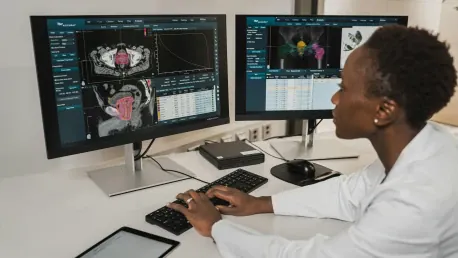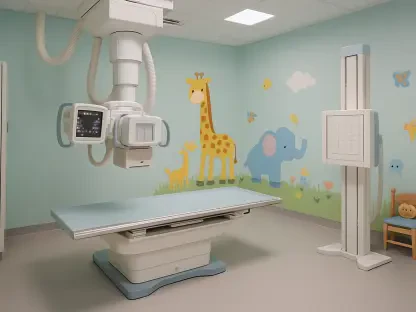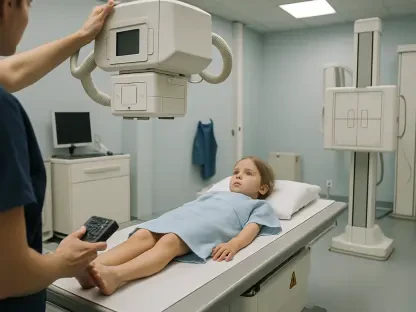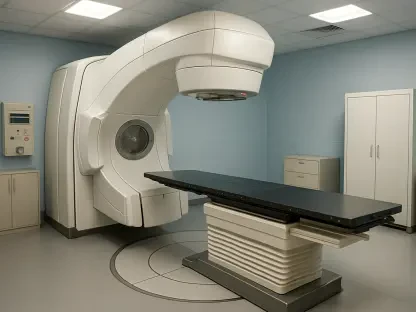A groundbreaking development in the realm of medical imaging is offering refreshing insights into the lingering effects of COVID-19, known as long COVID, which continues to affect countless individuals even after initial recovery. The new approach utilizes a specialized PET imaging method designed to track persistent viral spike proteins, providing researchers with an enhanced tool to study the long-term implications of the virus. The innovative use of a radiolabeled monoclonal antibody PET imaging agent represents a significant leap forward in non-invasive monitoring of long COVID.
The New Imaging Technique
Researchers at Paris-Saclay University, under the leadership of Dr. Alexandra Detrille, have employed a zirconium-89 (Zr-89) COVA1-27-DFO tracer to develop this PET imaging method. This tracer specifically targets the spike proteins of the SARS-CoV-2 virus, allowing for precise detection and monitoring over time. The study, published in Nature Communications, describes the method’s effectiveness in examining prolonged COVID-19 effects in a controlled primate group.
In the experimentation, one group of primates was exposed to the Delta variant of COVID-19, while another group remained unexposed. After three months, the imaging results revealed significantly increased uptake of the tracer in the lungs and brains of the exposed primates. The lungs exhibited ground-glass opacities, a common indicator found in severe COVID-19 cases. In contrast, the control group did not show any of these findings. This result underscores the tracer’s potential in detecting and visualizing long-term viral presence in affected tissues.
Potential Impacts and Future Research
Despite the small sample size, the promising results suggest that this imaging technique holds great potential for understanding long COVID. The need for deeper research into the prolonged effects of SARS-CoV-2 is underscored by this study, as much about long COVID remains poorly understood despite extensive research efforts. The development and application of the Zr-89 COVA1-27-DFO tracer could pave the way for more accurate, non-invasive, and comprehensive monitoring of long COVID’s impact on different organs.
By facilitating detailed in vivo imaging, the approach offers new avenues for comprehending the persistent symptoms experienced by individuals long after their initial COVID-19 recovery. The long-term impacts on crucial organs like the lungs and brain are of particular interest, providing vital information for medical professionals and researchers in crafting treatment plans and therapeutic interventions for those suffering from long COVID. This innovative technique stands as a beacon of hope in the ongoing battle to alleviate the burdens of long COVID.
Conclusion and Next Steps
A groundbreaking advancement in medical imaging is providing fresh insights into the persistent effects of COVID-19, commonly known as long COVID, which continues to impact numerous individuals even after their initial recovery. This innovative approach employs a specialized PET imaging technique specifically designed to detect lingering viral spike proteins, offering researchers a powerful tool to investigate the prolonged impact of the virus. The utilization of a radiolabeled monoclonal antibody PET imaging agent marks a significant step forward in non-invasive monitoring of long COVID. This new method allows scientists to visually track the remnants of the virus within the body, paving the way for better understanding and potentially more effective treatments. It’s a monumental leap in the realm of medical technology, bringing hope to the millions suffering from ongoing symptoms, and highlighting the importance of continued research in combating the long-term consequences of COVID-19.









